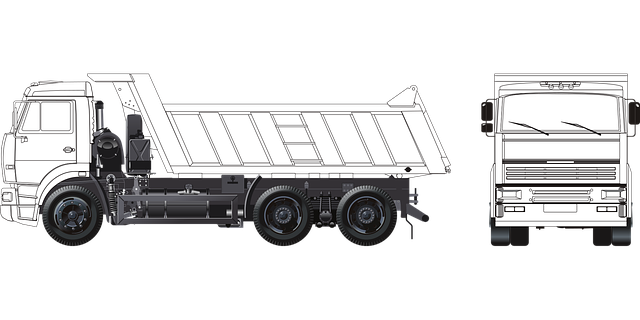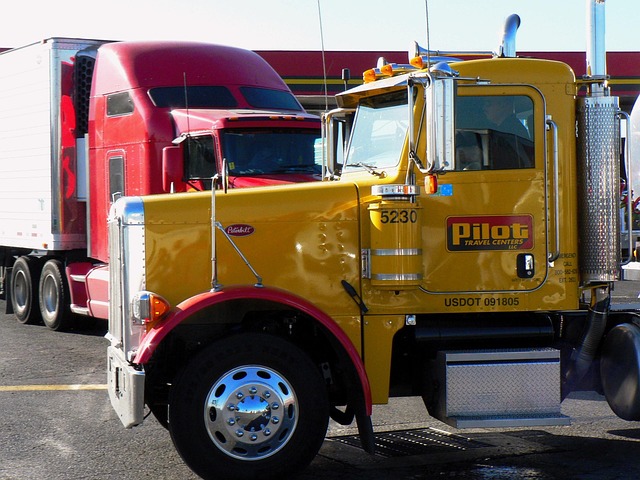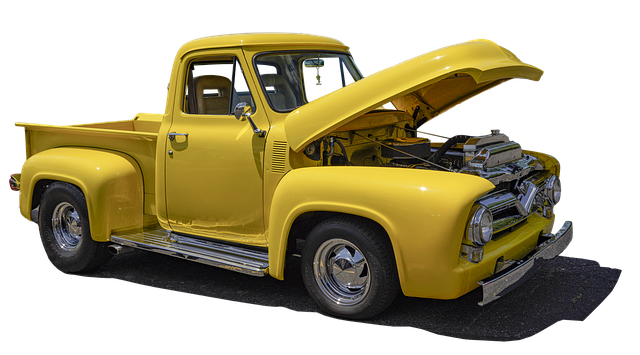Looking to register your car in California? This comprehensive guide breaks down the process step-by-step. From understanding key requirements to securing your vehicle’s unique Vehicle Identification Number (VIN) through official DMV verification, you’ll learn everything needed for a smooth registration. By following these instructions, including gathering necessary documents and completing the application, you’ll be on your way to legally hitting California’s roads in no time.
- Understand California Car Registration Requirements
- Gather Necessary Documents for DMV Visit
- Perform Vehicle Identification Number (VIN) Verification
- Complete Application and Pay Fees at DMV
- Obtain License Plate and Register Your Vehicle
Understand California Car Registration Requirements

Before registering your car in California, it’s crucial to understand the state’s specific requirements for vehicle identification number (VIN) verification. The California Department of Motor Vehicles (DMV) mandates a thorough inspection process to ensure all vehicles on California roads meet safety and emissions standards. This involves a comprehensive check of the VIN, which acts as a unique identifier for your car. One efficient way to facilitate this is through mobile VIN verification services that can conduct the necessary checks remotely.
These services use advanced technology to perform a digital VIN inspection, retrieving crucial vehicle information from specialized databases. Compared to traditional methods, a mobile VIN verifier or inspection service can save you time and effort by eliminating the need for physical visits to DMV offices. Additionally, it ensures accuracy in the registration process, as incorrect or incomplete data can lead to delays or even rejection of your application.
Gather Necessary Documents for DMV Visit

Before visiting the DMV, ensure you have all the required documents to make the registration process smooth and efficient. The list includes your vehicle’s registration certificate from the previous state (if applicable), proof of insurance, a valid driver’s license, and the vehicle’s title. Additionally, you’ll need to complete an Application for Title and Registration form, which can be obtained from the DMV website or picked up in person.
One crucial step is to undergo a DMV VIN verification process, which involves checking your vehicle’s unique identification number (VIN). You can facilitate this with a mobile vin inspection or use a vin verifier to ensure all details match before heading to the DMV. This step is essential for accurate record-keeping and ensures compliance with California’s vehicle registration regulations.
Perform Vehicle Identification Number (VIN) Verification

Before registering your vehicle in California, it’s crucial to perform a Vehicle Identification Number (VIN) verification. This process ensures that the car you’re looking to register is genuine and has not been reported stolen or had its identity tampered with. The California DMV (Department of Motor Vehicles) recommends completing this step as part of the registration process. You can have a mobile VIN verifier perform this service, which involves scanning the VIN and checking it against national databases to confirm its authenticity.
A mobile VIN inspection offers convenience and speed, allowing you to verify your vehicle’s history quickly without having to visit a DMV office. This is particularly useful if you’re dealing with a used car purchase or transferring ownership. With just a few simple steps and the help of a reputable mobile vin verifier, you can rest assured that your California vehicle registration process will be as smooth and secure as possible.
Complete Application and Pay Fees at DMV

To register your car in California, the first step is to complete the necessary application at the Department of Motor Vehicles (DMV). You’ll need to fill out Form MV-51, which requires personal information and details about your vehicle, including its make, model, year, and Vehicle Identification Number (VIN). Once your application is ready, submit it along with the required fees.
Among these fees, you’ll pay for the registration fee, a title fee, and a dmv vin verification charge. The VIN inspection, often done through a mobile vin verifier or mobile vin verification service, ensures that the vehicle matches the details provided in the application. This step is crucial to prevent fraud and ensure the accuracy of the registration process. After completing these steps, you’ll receive your car’s registration documents, allowing you to legally operate your vehicle on California roads.
Obtain License Plate and Register Your Vehicle

After completing your vehicle purchase in California, it’s time to obtain a license plate and register your new car. The first step is to schedule and complete a DMV (Department of Motor Vehicles) vin verification process. This involves providing key documents and ensuring your vehicle meets all safety standards. You can facilitate this process with a mobile vin verifier or perform a vin inspection yourself before visiting the DMV.
During registration, you’ll need to present proof of identity, insurance, and ownership. The DMV will assign a unique California license plate based on available characters and validate your vehicle’s VIN (Vehicle Identification Number). A successful vin inspection ensures that the vehicle matches the information provided during the registration process, protecting both you and the state from potential fraud or unauthorized use.
Registering a car in California involves understanding specific requirements, gathering essential documents, and completing key steps. After performing a DMV VIN verification and ensuring your vehicle meets all standards, you can submit an application, pay the necessary fees, and obtain your license plate. This process ensures legal compliance and allows you to hit the road with confidence in the Golden State.
